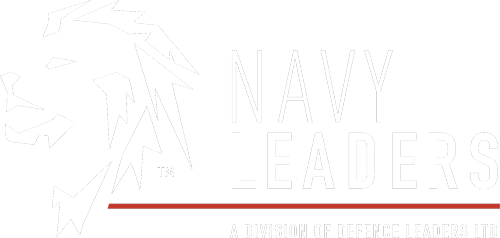NATO officially launches new Maritime Centre for Security of Critical Undersea Infrastructure
)
NATO has established a new centre dedicated to the security of thousands of miles of undersea energy pipelines and cables, which are vulnerable to attacks aimed at disrupting energy supply, global communications and economic activity.
The NATO Maritime Centre for Security of Critical Undersea Infrastructure (CUI) is a networking and knowledge center concentrating on CUI, which assists Commander MARCOM in making decisions, deploying forces and coordinating action. Based at NATO Allied Maritime Command (MARCOM) on the outskirts of London in Northwood, UK, the centre has now reached Initial Operational Capability, known as IOC, a significant milestone.
“MARCOM has once again risen to the challenge and we are proud to establish NATO’s Maritime Centre for Security of Critical Undersea Infrastructure,” said Commander MARCOM, Royal Navy Vice Admiral Mike Utley. “Like other aspects of maritime security, securing CUI goes beyond posturing to deter future aggression; it includes robust coordination, to actively monitor and counter malign or hybrid threats, denying any aggressor the cover of “plausible deniability”. Through the wide networks we are establishing in the new centre, that job will become much easier to achieve. And if, in the future, nations seek NATO assistance, we will be ready to help them using our networks and data.”
The new centre is essentially the operational hub, with a strategic hub based at NATO Headquarters in Brussels, to coordinate efforts between NATO Allies, Partners, and the private sector.
Civilian stakeholders are critical to the success of the centre’s network, and the Norwegian Oil Industry outlined its support in a joint statement.
Contributing nations Denmark, Germany, Norway, Poland, Türkiye, the UK and USA will soon be joined by Greece, Portugal and Sweden.
“The Norwegian branch organisation Offshore Norge, the gas transport system operator Gassco AS and the Norwegian energy company Equinor ASA, express their appreciation of NATO’s initiative of establishing the Maritime Centre for Security of Critical Undersea Infrastructure. This establishment will further strengthen collaboration around the safeguarding and resilience of critical undersea infrastructure.”
Last week, NATO HQ hosted the first meeting of NATO’s Critical Undersea Infrastructure Network. Senior experts from across the Alliance exchanged information and shared expertise against the backdrop of the real and developing threat to critical undersea infrastructure.
“It’s been a year of strong teamwork defining and establishing the centre here at MARCOM, and we are now seeing the results as we reach this important milestone,” said the Director of the NATO Shipping Centre, Danish Navy Captain Niels Markussen. “We’ve overcome many challenges to get here. Strong cooperation from cross-functional areas across MARCOM have been key to success, including operations, intelligence, IT and Civil Military Cooperation (CIMIC). We’ve also worked tirelessly with other NATO entities including NATO HQ, SHAPE, SACT and CMRE, as well as many civilian organisations. This cooperation will continue going forward, but now crucially we’ve established our network and smoothed the journey ahead.”
NATO has been working to enhance the security of critical infrastructure for years. CUI has always been a focus for maritime security and maritime situational awareness. NATO is now stepping up to the challenge of actively contributing to the protection of a large number of undersea energy pipelines, power and communication cables.
“Protecting every inch of CUI is hard,” said MARCOM’s Political Advisor, Professor James Bergeron. “But what we can do, and it’s a phrase we’ve used a lot lately, is try to deny deniability. If a malefactor is going to try to harass, undermine or clandestinely attack offshore infrastructure, undersea infrastructure, the main thing we seek to achieve is that they cannot get away with it. Instead, they will be spotted, the cameras will be snapping, the underwater sensors will be monitoring and there will be a signals trail of liability, so that they’re not going to be able to deny their actions and will ultimately be held liable.”
Allies first agreed to establish a Maritime Centre for the Security of Critical Undersea Infrastructure within NATO’s Allied Maritime Command (MARCOM) at the Vilnius Summit last year, a decision reinforced by Defence Ministers in February.
